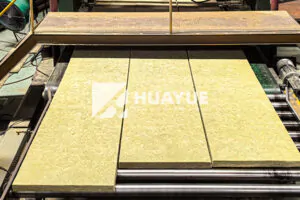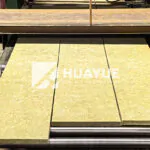What is Mineral Fiber Insulation?
If you need a solution for energy bills, fire safety, and noise problems, mineral fiber insulation could be the answer. Discover why more people are choosing it for all kinds of buildings.
Mineral fiber insulation is made by heating minerals like stone and glass, spinning them into fine fibers, and forming them into slabs, rolls, or loose fill. It offers strong thermal insulation, sound reduction, and fire resistance, making it a top choice for many applications.
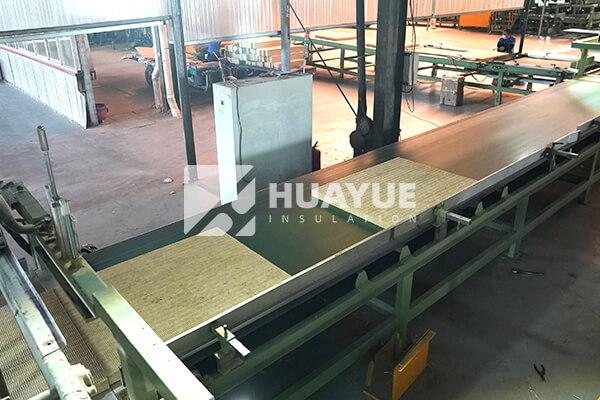
When I first learned about mineral fiber, I wondered what made it different. I realized that its birth from molten minerals and its reliable performance sets it apart. Let’s look deeper at how this adaptable material works and why HUAYUE mineral fiber insulation is trusted around the world.
What are the Types of Mineral Fiber Insulation?
If you have ever been confused by the terms “stone wool,” “glass wool,” or “mineral wool,” you’re not alone. I used to think they were entirely different, but they are actually related.
Mineral fiber insulation includes both stone wool and glass wool. Both are made from natural or recycled minerals. Stone wool uses volcanic rock and glass wool uses silica or recycled glass. Both types are non-combustible, offer great fire protection, and are shaped into slabs, rolls, or pipe sections for easy installation.
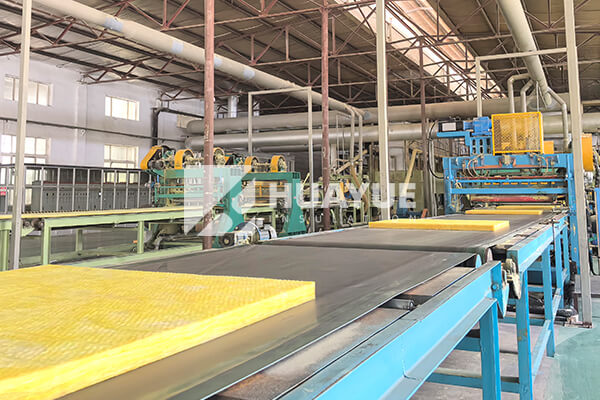
When I see HUAYUE manufacturing lines, it is clear to me how precise and scalable the process is. Stone wool and glass wool start as crushed rock or glass, then melt in a furnace beyond 1,000°C. The liquid is spun into fibers and bonded with a safe binder. After cooling, they are cut to size. Here’s a quick overview:
| Type | Main Ingredient | Typical Use | Fire Class | Form Factor |
|---|---|---|---|---|
| Stone Wool | Basalt volcanic rock | Walls, roofs, floors, pipes | A1-A2 | Slab, roll |
| Glass Wool | Silica or glass cullet | Ceilings, roofs, ducts | A1-A2 | Slab, roll |
I have seen both installed side by side, and each has its strengths. Stone wool can take more heat and offers strong sound isolation. Glass wool is a bit lighter and easier to handle for large attic spaces. No matter what you pick, HUAYUE provides top fire and thermal performance.
What Are the Key Benefits of Mineral Fiber Insulation?
If you’re investing in insulation, you want value, longevity, and protection. I have discussed these needs with project managers and safety teams many times.
Mineral fiber insulation from HUAYUE is non-combustible, so it will not catch fire or help a fire to spread—this is key in any safety upgrade. The insulation can also resist water and does not promote mold or fungi. It is self-supporting and keeps its shape for years, even in tough conditions.
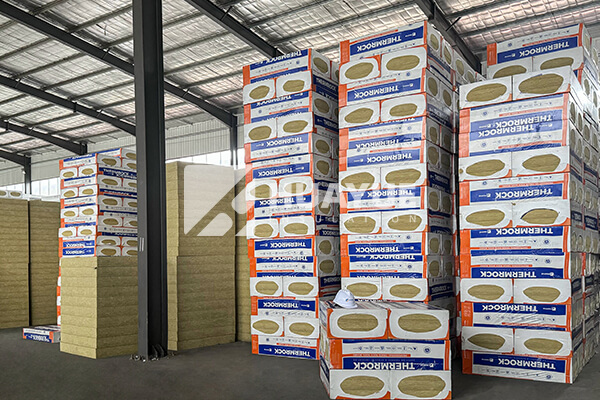
From my experience, contractors want to use products that make buildings safer and quieter. Mineral fiber insulation absorbs sound, lowering noise between rooms and from outside. Instead of letting every bang or echo come through, the fibers trap the energy and stop it cold.
HUAYUE insulation comes in many thicknesses (from 25mm up to 250mm), so you can pick the right protection for your roof, wall, floor, or mechanical system. Nearly all products are rated as Euroclass A1/2 for fire safety and are proven to last. I have recommended these products to people looking for a reliable answer to energy efficiency problems, severe weather, or noisy neighbors—HUAYUE mineral fiber always performs.
Where Can You Use Mineral Fiber Insulation?
I talk to engineers who want just one solution for many building problems. Luckily, mineral fiber insulation fits nearly every spot you need to protect.
You can use HUAYUE mineral fiber in roofs (flat, pitched, or metal), exterior and interior walls, floors, attics, ceilings, lofts, and even around pipes, ducts, and HVAC equipment. Its structure resists compression, keeping effectiveness over time. This means long-term results without frequent replacement.
I have seen clients use mineral fiber insulation to upgrade old buildings, meet tough fire code rules, or improve comfort in new projects. It works well in homes, factories, offices, and public buildings. Below is a quick table showing typical uses:
| Building Part | Benefit |
|---|---|
| Roofs | Thermal, fire, noise |
| Walls (external) | Energy, safety |
| Floors | Thermal, acoustic |
| Attics/Lofts | Reduce heat loss |
| Pipes/Ducts | Energy, fire, moisture |
| Ceilings | Sound and heat control |
I notice that when insulation is needed in a humid place or somewhere hard to reach, mineral wool can go right to work. It can even bounce back to its original shape and value if it gets wet and dries again.
How Does Mineral Fiber Compare to Other Insulation Types?
When you have to choose insulation, all the options can seem confusing. I’ve compared mineral wool to other types to help clients make the right call.
Mineral wool (stone and glass) stands out because it doesn’t burn, resists moisture, and stops sound well. Other options like spray foam, PIR boards, EPS foam, or natural fibers (like sheep’s wool) each have their place but can catch fire or break down faster.
Let’s look at a direct comparison:
| Insulation Type | Made From | Fire Rating | Combustible | Typical Use |
|---|---|---|---|---|
| Mineral Wool | Stone/Glass | A1-A2 | No | Roofs, walls, pipes, ceilings |
| PIR boards | Polyiso-cyanurate | E-F | Yes | Floors, walls, roofs |
| EPS Foam | Expanded polystyrene | E-F | Yes | Boards for floors/walls/roofs |
| Sheep’s Wool | Sheep wool | E | Yes | Batts/rolls for walls/floors |
| Spray Foam | Polyurethane | B-F | Yes | Walls, attics, hard-to-reach |
I always advise clients to look for non-combustible solutions first, especially in industrial or multi-occupancy projects where fire risks are serious. HUAYUE mineral fiber provides peace of mind, stands up to building codes, and supports safety goals naturally.
Conclusion
Mineral fiber insulation from HUAYUE is safe, strong, and tested for sound, fire, and energy performance. It’s the smart, lasting answer for almost any building project.
You may also be interested in:
Ready to Get Started?
Get in touch with our experts for personalized solutions tailored to your needs.
Get Free QuoteLatest Articles

Glass Wool Fire Rating: How Safe Is Your Insulation?
Dec 25, 2025
Let's Work Together
Ready to take your business to the next level? Get in touch with our team of experts and let's discuss how we can help you achieve your goals.
Get Free Solutions
